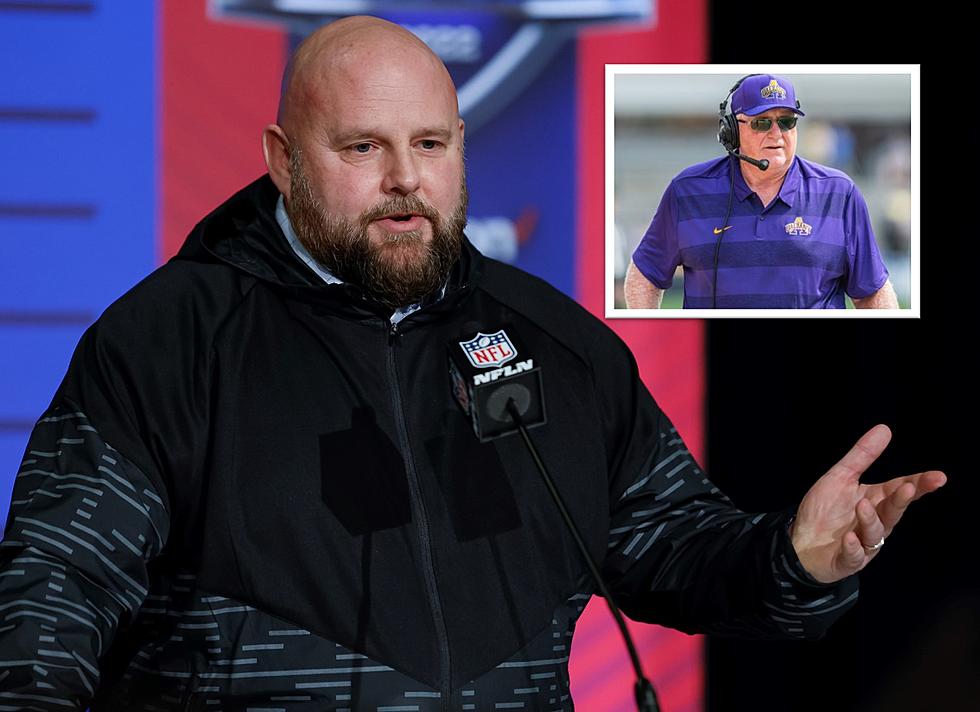
UAlbany Running Back Karl Mofor Preseason All American
Yesterday on The Drive with Charlie & Dan, Associate Head Coach/Offensive Coordinator, Joe Davis was asked by Dan Bahl if it was nice having a running back that you can count on like Senior, Karl Mofor in the Great Danes backfield. Davis never hesitated and respond emphatically, "Absolutely!" Mofor is one of the best in the Colonial Athletic Association conference and again has been recognized as one of the best in the country.
As announced by the University at Albany Athletic Department yesterday, "For the second-straight season, University at Albany running back Karl Mofor has been named a Preseason All-American by Stats FCS.

Mofor, a senior from Greenbelt, Md., was named to the Preseason All-America Second Team, alongside five other representatives from the Colonial Athletic Association. In total, the CAA landed 15 student-athletes on the three preseason All-America squads. Mofor was UAlbany's sole honoree.
Mofor led the CAA during the spring 2021 season averaging 115.0 rushing yards per game, earning Second Team honors for both the CAA All-Conference and Stat FCS All-America teams."
In my 25+ years involved in college athletics, I have come across few student-athletes as well rounded and genuine as Karl Mofor. Yes, he is a great running back and from everything I know, he is an excellent teammate. But what makes Karl special is his personality. He is as nice as the day is long and everyone on campus agrees. During football's offseason, prior to the pandemic, Karl used to work as part of the event staff for men's and women's basketball games at the SEFCU Arena. You never had to tell Karl something twice. He just did whatever is asked with a smile. He works hard on and off the field. Awesome young man and easy to root for.
UAlbany's season begins September 4 at North Dakota St.
LOOK: The most expensive weather and climate disasters in recent decades
More From HOT 99.1









